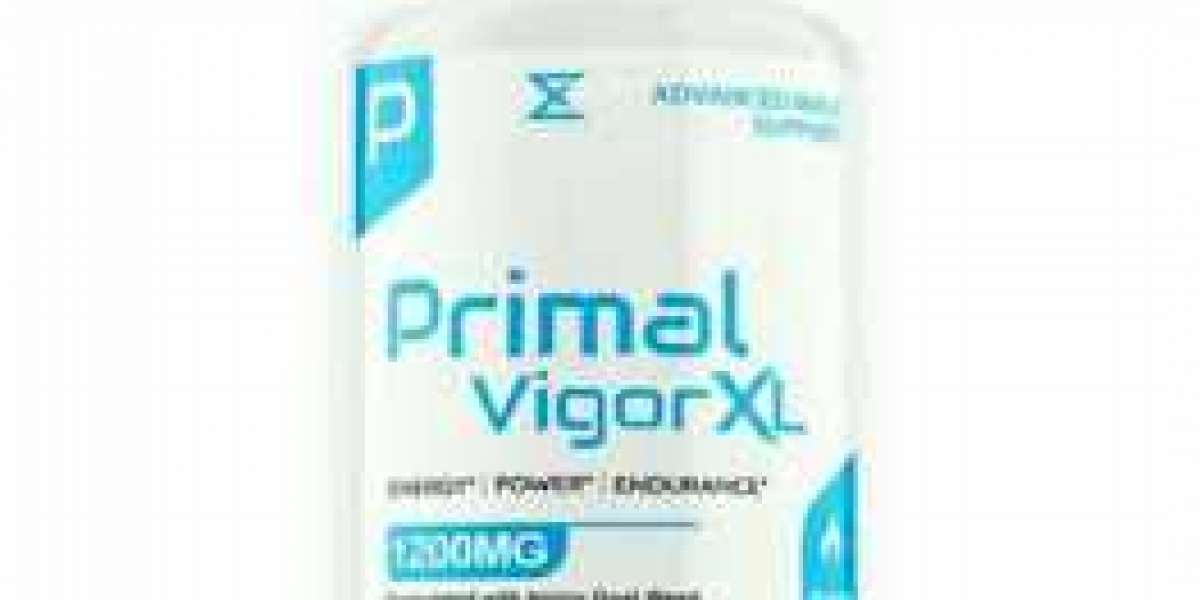The Rise of Liquid Biopsy in Oncology
Liquid biopsy refers to a diagnostic technique that analyzes biomarkers like circulating tumor DNA (ctDNA), exosomes, and circulating tumor cells (CTCs) found in blood or other bodily fluids. This procedure provides a less invasive, more accessible means of detecting cancer and monitoring its progression. Unlike tissue biopsies, which often require surgery, liquid biopsies can be performed with a simple blood draw, making them an appealing option for both patients and clinicians.
The liquid biopsy market has been expanding rapidly, fueled by the growing global cancer burden and the increasing shift towards precision medicine. Experts predict the market will continue to grow significantly in the coming years, as liquid biopsy technologies advance and gain broader acceptance in clinical settings.
Liquid Biopsy Market Trends and Forces
Several factors contribute to the liquid biopsy market dynamics, including advances in technology, regulatory support, and increasing investment in cancer research.
Technological Advancements
Innovations in molecular diagnostic tools such as next-generation sequencing (NGS) and digital PCR have improved the sensitivity and accuracy of liquid biopsy tests. These technologies enable the detection of even the smallest amounts of tumor DNA, allowing for early diagnosis and more precise monitoring.
Supportive Regulatory Environment
As the clinical utility of liquid biopsy continues to be recognized, regulatory agencies like the FDA and EMA have approved tests for various cancer types. This regulatory backing is essential for encouraging the adoption of liquid biopsy in clinical practice, especially for monitoring treatment response and detecting minimal residual disease.
Increasing Investment and Partnerships
The involvement of major pharmaceutical and biotechnology companies has accelerated research and development in the liquid biopsy space. Collaborative efforts and increased funding have led to rapid technological progress and clinical trials that are testing the efficacy of liquid biopsy in real-world scenarios.
Key Players in the Liquid Biopsy Space
Several leading liquid biopsy companies are at the forefront of innovation in cancer diagnostics and therapeutics:
- Guardant Health: Pioneering genomic profiling, Guardant Health’s liquid biopsy tests guide personalized treatment and enable monitoring of therapeutic responses.
- Foundation Medicine: A Roche company, Foundation Medicine specializes in genomic profiling using both liquid and tissue biopsy methods.
- Grail: With a focus on early cancer detection, Grail’s tests aim to identify cancers at their earliest stages, offering a higher chance of successful treatment.
- Biocept: Specializes in liquid biopsy testing for multiple types of cancer, with an emphasis on ctDNA and CTCs.
- Freenome: Focuses on using artificial intelligence and multi-omics technologies for early cancer detection.
These companies are driving the adoption of liquid biopsy through continuous innovation, offering both diagnostic and therapeutic insights that are changing the course of cancer treatment.
Transforming Cancer Treatment with Liquid Biopsy
The potential of liquid biopsy to revolutionize cancer treatment is immense. Here’s how it is changing cancer care:
- Early Detection: Liquid biopsy has the ability to detect cancer before symptoms appear, allowing for timely intervention.
- Personalized Treatment: Liquid biopsies help oncologists select the best treatment strategies based on a patient’s unique tumor profile.
- Real-Time Monitoring: These tests allow for ongoing tracking of cancer progression, enabling clinicians to adjust treatment as necessary.
- Post-Treatment Surveillance: Liquid biopsies are also used to monitor for residual cancer after treatment, providing a safety net for early intervention.
Looking Ahead: The Future of Liquid Biopsy
Despite the promising advancements, challenges such as standardization, regulatory hurdles, and reimbursement issues remain. However, as more research is conducted and new biomarkers are identified, the liquid biopsy market is expected to expand, providing even greater accuracy in cancer diagnosis and treatment.
Original Source:- Liquid Biopsy Market Size
About Us
DelveInsight is a leading healthcare-focused market research and consulting firm that provides clients with high-quality market intelligence and analysis to support informed business decisions. With a team of experienced industry experts and a deep understanding of the life sciences and healthcare sectors, we offer customized research solutions and insights to clients across the globe. Connect with us to get high-quality, accurate, and real-time intelligence to stay ahead of the growth curve.
Contact Us
Himanshu
Latest Reports:-
Cart-related Neurotoxicity Market | Chronic Progressive Multiple Sclerosis Market | Clostridium Difficile Infections CDI Market | Complicated Intra-abdominal Infections Market | Crows Feet Market | Cystinosis Market | Dermal Erythema Market | Diverticulitis Market | Duchenne Muscular Dystrophy Market | Eosinophilic Esophagitis Market | Familial Lipoprotein Lipase Deficiency Pipeline







